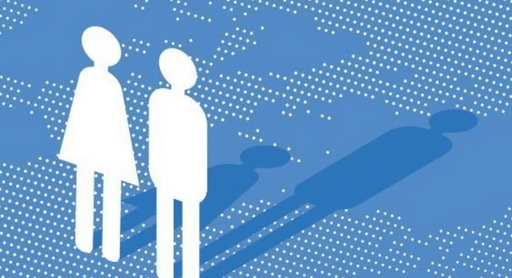KUALA LUMPUR (July 13): Malaysia has been ranked at number 103 on the World Economic Forum’s (WEF) Global Gender Gap Index 2022, trailing Singapore (49), Thailand (79) and Indonesia (92).
In the report released on Wednesday (July 13), the WEF said that after a big Covid-19 hit, the gender gap had not bounced back.
It said as the global economy enters its third year of continued disruption, it will take another 132 years (compared to 136 in 2021) to close the gender gap.
The report suggests that of the 146 economies surveyed, just one in five has managed to close the gender gap by at least 1% in the past year.
It said as a result, while gains had been made in the past year, they had reduced the time it will take to reach gender parity by only four years.
The WEF said this progress does little to offset the setback of an entire generation recorded in 2020-2021 at the start of the pandemic.
WEF managing director Saadia Zahidi said the cost of living crisis is impacting women disproportionately after the shock of labour market losses during the pandemic and continued inadequacy of care infrastructure.
“In the face of a weak recovery, government and business must make two sets of efforts — targeted policies to support women’s return to the workforce and women’s talent development in the industries of the future.
“Otherwise, we risk eroding the gains of the last decades permanently and losing out on the future economic returns of diversity,” she said.
The Global Gender Gap Report benchmarks the evolution of gender-based gaps in four areas — economic participation and opportunities, educational attainment, health and survival, and political empowerment.
It also explores the impact of recent global shocks on the growing gender gap crisis in the labour market.
Across the 146 countries covered in 2022, the health and survival gender gap has closed by 95.8%, educational attainment by 94.4%, economic participation and opportunities by 60.3%, and political empowerment by 22%.
Between 2021 and 2022, the economic participation and opportunity sub-index increased by 1.6%, based mainly on gains for women in professional and technical roles, and a decrease in the wage gap, even as gender gaps in the labour force increased.
For the health and survival sub-index, there was a small improvement from 95.7% to 95.8%, while the educational attainment sub-index fell from 95.2% to 94.4%, and political empowerment stalled at 22%.
The WEF said North America was the best performing region, with 76.9% of its gender gap closed.
The number of years it will take to close the gap has fallen from 62 to 59.
There was a slight improvement in the US, while Canada’s score did not evolve.
Europe (76.6%) is close behind, clocking an improvement of 0.2% since 2021, resulting in a 60-year wait until the gender gap is closed.
Six of the top 10 countries are European and nine of the 35 countries in the region have improved their score by at least 1%.
Albania, Iceland and Luxembourg are the region’s three most improved countries.
The WEF said East Asia and the Pacific (69%) saw 13 of the 19 countries in the region make progress since the last edition.
But at its current pace, the region will need 168 years to close the gender gap.
Progress is taking place at different speeds between countries, risking further regional divergence.
The region’s top performers are New Zealand (84.1%), the Philippines (78.3%) and Australia (73.8%).
South Asia (62.3%) has the largest gender gap of all regions, with low scores across all measured gender gaps and little progress made in most countries since the last edition.
At its current pace, it will take 197 years to close the gender gap in the region.
The economic gender gap has closed by 1.8%, with increases in the share of women in professional and technical roles in countries including Bangladesh and India, as well as Nepal.-The Edge Markets

